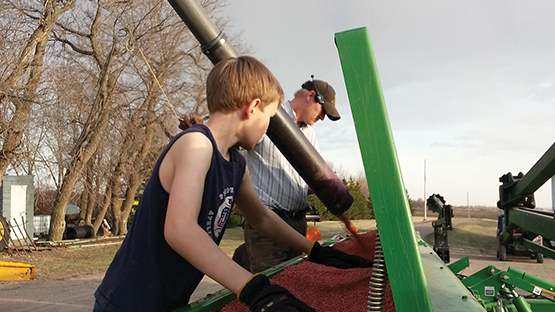
It finally feels like summer but emergence of earlier planted crops may be slow with the excess precipitation and cool temperatures that followed some plantings. This weather pattern is causing some producers to consider replanting portions of their fields. As a reminder, replant coverage is part of revenue and yield protection buy-up policies. This is a part of the policy that is often overlooked.
So what is a replant? A replant is reseeding the same crop in the same physical location. Planting a different crop is not considered a replant. When there is the need to replant, prior authorization must be obtained from the insurance company. If the agent and company are not notified the acres will be considered destroyed without consent and no payment will be made.
If there is the need to replant, it is considered practical to do so if:
- It is within 10 days of the final plant date
- It is physically possible to replant the acreage
- Seed germination, emergence and formation of a healthy plant is likely
- Field, soil and growing conditions allow for proper planting and growth to maturity
Acres will not be eligible for replant in the following cases:
- Acreage does not meet the 20/20 rule (20 acres or 20% of the planted acreage in the unit)
- Where the appraisal of crop potential exceeds 90% of the guarantee
- Initially planted prior to the earliest planting date in the Special Provisions
- On which one replant payment has already been allowed for the year
- The company determines it is no longer practical to replant
The best scenario is to talk to your agent when you think that a replant could be probable. This allows for open dialogue and planning. Prior authorization to replant is an essential part of the process.



